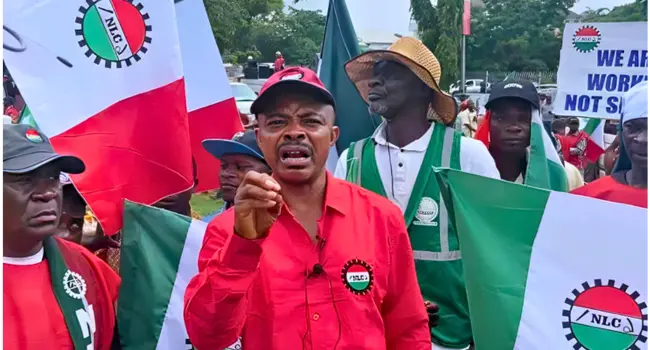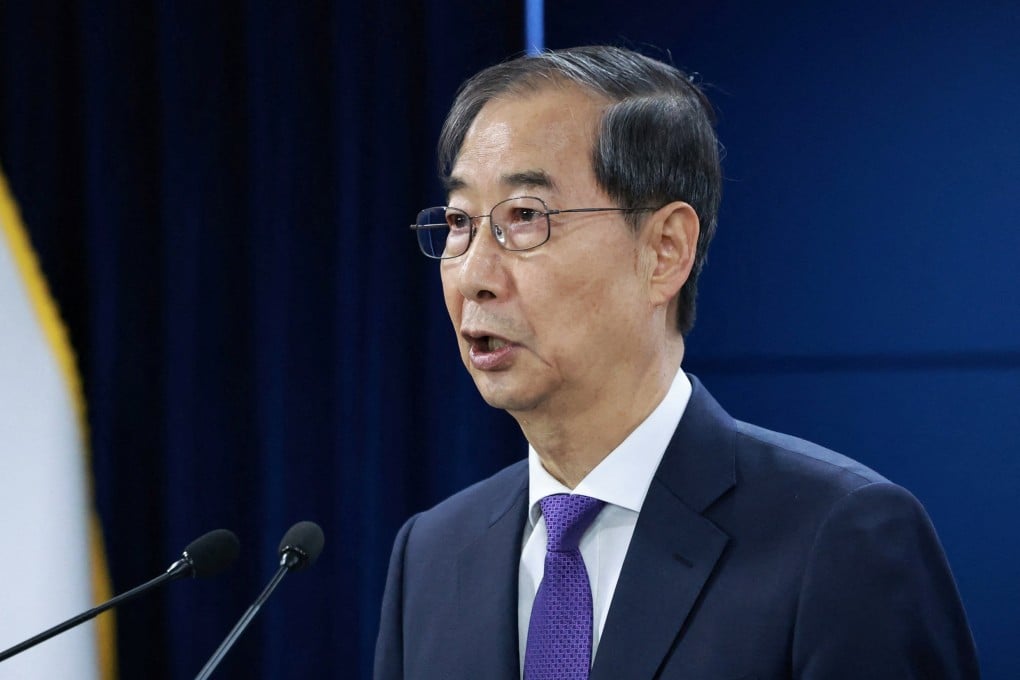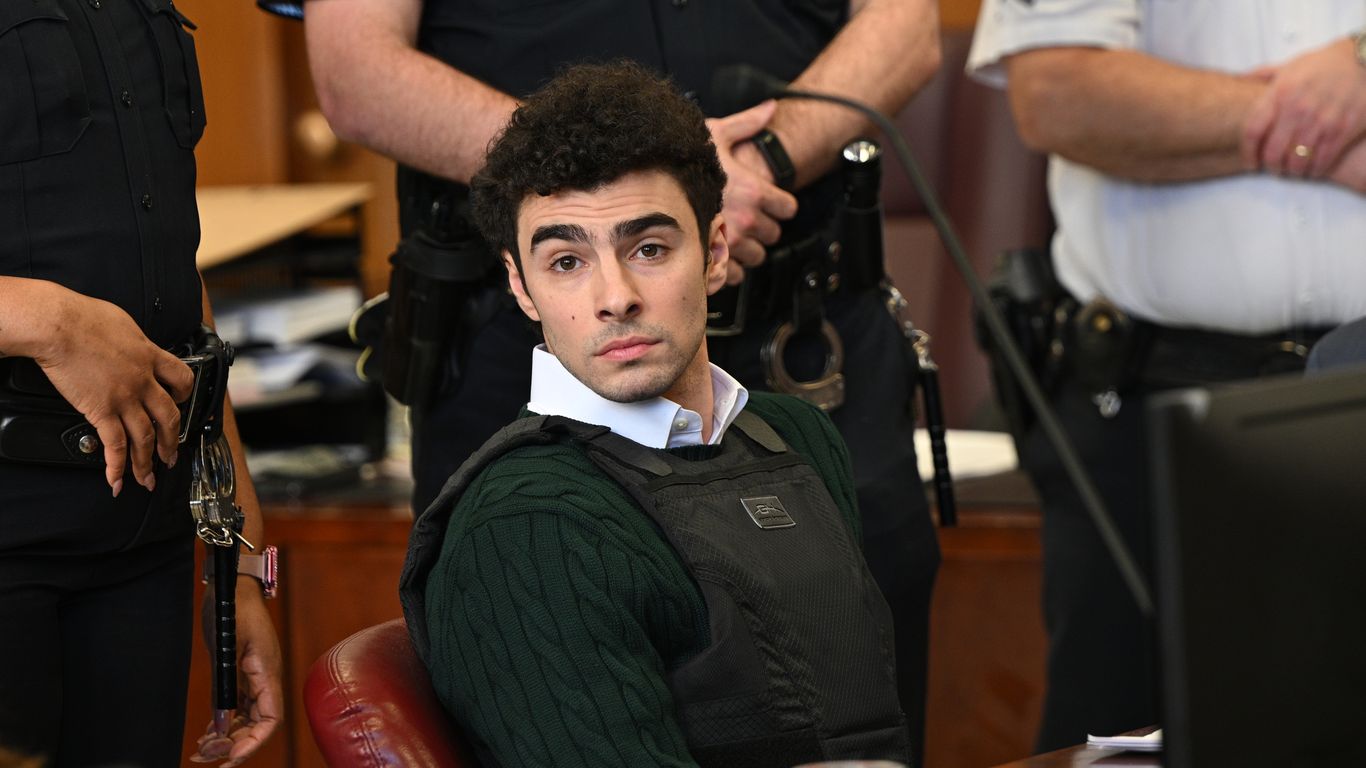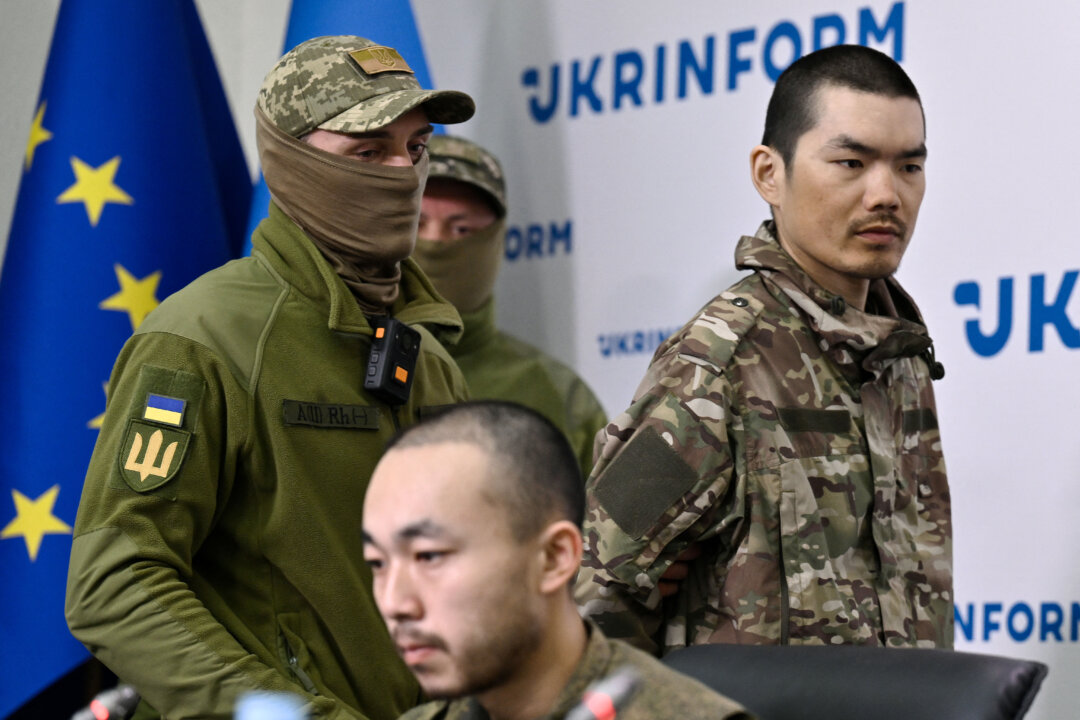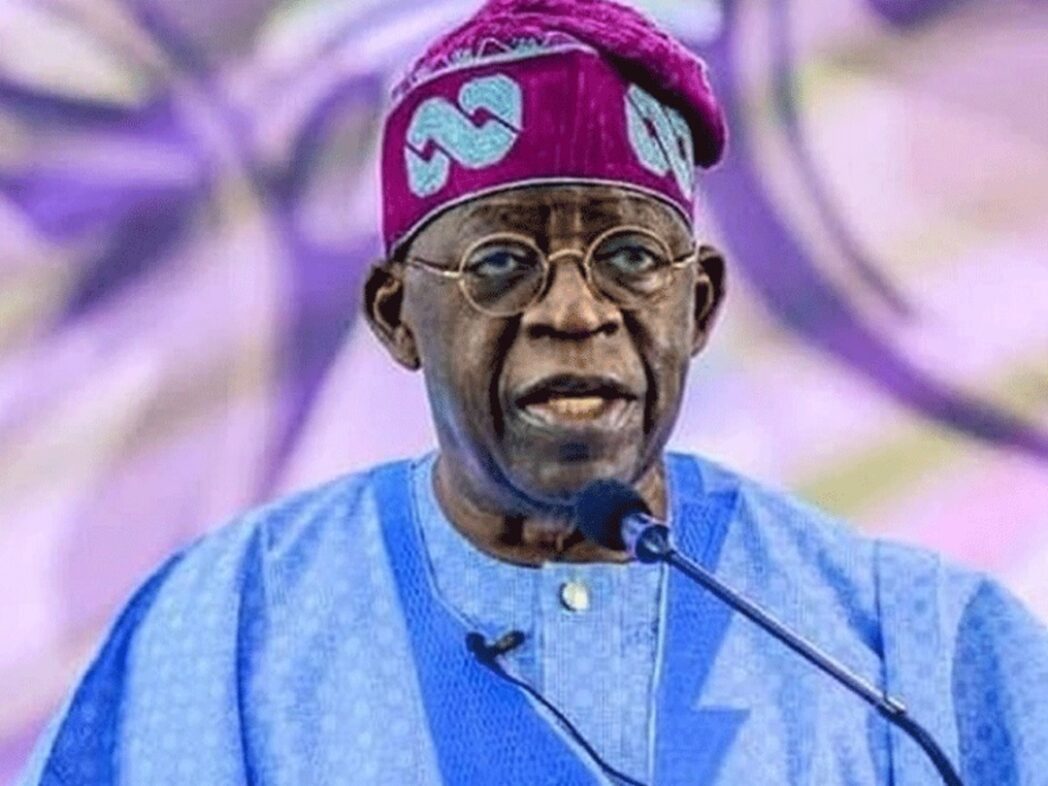News that Attorney General Pam Bondi is resuming the practice of trying to seize reporters' phone records to smoke out leakers is the latest and most significant effort by the Trump administration to target the press as part of its early agenda.Why it matters: President Trump has done more to target traditional media companies than any other modern U.S.
president. Even as he and his allies wage a historic trade war, they have not lost sight of their stated goal of going after the press.Zoom in: In Trump's first 100 days .

..The White House banned the AP from covering its events and is embroiled in a lawsuit over the matter.
The State Department ordered the cancellation of federal news subscriptions.The Defense Department replaced the press offices of several mainstream organizations with mostly conservative outlets.The Trump administration reportedly drafted a memo to Congress outlining its plans to cut federal funding for public broadcasters.
Rep. Marjorie Taylor Greene (R-Ga.) called on the CEOs of NPR and PBS to testify at a DOGE subcommittee hearing about what she says is "systemically biased content.
" The Federal Communications Commission is also investigating the two public broadcasters over whether their member stations violated FCC rules around airing commercial ads.FCC Chair Brendan Carr has launched investigations into Comcast/NBCU, Paramount/CBS and Disney/ABC.The administration has also tried to gut the government-funded U.
S. Agency for Global Media and its outlets.It has ordered the firing of three board directors from the Corporation for Public Broadcasting, which allocates federal funding to NPR and PBS.
CPB has subsequently sued the administration for trying to fire three members of its board.Yes, but: Efforts to defund or restrict news entities by the Trump administration have faced challenges in court.Earlier this month, a federal judge sided with the Associated Press in its lawsuit against the White House, declaring that under the First Amendment the government can't bar journalists from certain government events because of their viewpoints.
Last week, a federal judge ruled that Voice of America workers who were placed on leave or fired should return to work. The judge added that the Trump administration must restore funding to the VOA and other U.S.
government-funded news outlets.The big picture: Amid all of these efforts, the Trump administration still engages with and cites outlets it has targeted.Despite a historic $20 billion lawsuit against CBS, the president has cited the outlet's polling when favorable.
Trump sat down for an interview with ABC on the first 100 days of his second term.The now infamous photograph of Trump defiantly raising his fist after an assassination attempt, taken by AP photographer Evan Vucci, is on display in the White House.For the record: "This White House believes in transparency and reflecting the media habits of the American people which is exactly why the new media seat was created, hundreds of press passes were reinstated, and the press pool now includes media previously left out," a White House spokesperson said in a statement.
On Friday, White House press secretary Karoline Leavitt defended the administration's media strategy and noted it has expanded access for new media.What to watch: The White House plans to impose its own seating chart for reporters in the briefing room, per Axios' Mike Allen.Editor's note: This story has been updated with a White House statement.
.
Trump targets the media in his first 100 days

News that Attorney General Pam Bondi is resuming the practice of trying to seize reporters' phone records to smoke out leakers is the latest and most significant effort by the Trump administration to target the press as part of its early agenda.Why it matters: President Trump has done more to target traditional media companies than any other modern U.S. president. Even as he and his allies wage a historic trade war, they have not lost sight of their stated goal of going after the press.Zoom in: In Trump's first 100 days ...The White House banned the AP from covering its events and is embroiled in a lawsuit over the matter.The State Department ordered the cancellation of federal news subscriptions.The Defense Department replaced the press offices of several mainstream organizations with mostly conservative outlets.The Trump administration reportedly drafted a memo to Congress outlining its plans to cut federal funding for public broadcasters. Rep. Marjorie Taylor Greene (R-Ga.) called on the CEOs of NPR and PBS to testify at a DOGE subcommittee hearing about what she says is "systemically biased content." The Federal Communications Commission is also investigating the two public broadcasters over whether their member stations violated FCC rules around airing commercial ads.FCC Chair Brendan Carr has launched investigations into Comcast/NBCU, Paramount/CBS and Disney/ABC.The administration has also tried to gut the government-funded U.S. Agency for Global Media and its outlets.It has ordered the firing of three board directors from the Corporation for Public Broadcasting, which allocates federal funding to NPR and PBS. CPB has subsequently sued the administration for trying to fire three members of its board.Yes, but: Efforts to defund or restrict news entities by the Trump administration have faced challenges in court.Earlier this month, a federal judge sided with the Associated Press in its lawsuit against the White House, declaring that under the First Amendment the government can't bar journalists from certain government events because of their viewpoints.Last week, a federal judge ruled that Voice of America workers who were placed on leave or fired should return to work. The judge added that the Trump administration must restore funding to the VOA and other U.S. government-funded news outlets.The big picture: Amid all of these efforts, the Trump administration still engages with and cites outlets it has targeted.Despite a historic $20 billion lawsuit against CBS, the president has cited the outlet's polling when favorable.Trump sat down for an interview with ABC on the first 100 days of his second term.The now infamous photograph of Trump defiantly raising his fist after an assassination attempt, taken by AP photographer Evan Vucci, is on display in the White House.For the record: "This White House believes in transparency and reflecting the media habits of the American people which is exactly why the new media seat was created, hundreds of press passes were reinstated, and the press pool now includes media previously left out," a White House spokesperson said in a statement.On Friday, White House press secretary Karoline Leavitt defended the administration's media strategy and noted it has expanded access for new media.What to watch: The White House plans to impose its own seating chart for reporters in the briefing room, per Axios' Mike Allen.Editor's note: This story has been updated with a White House statement.





